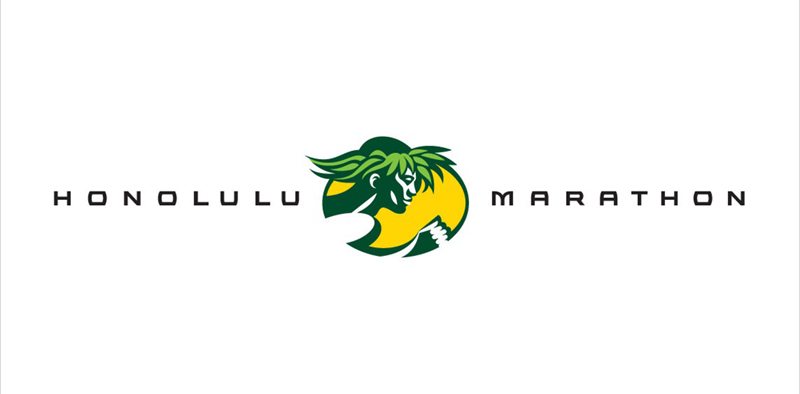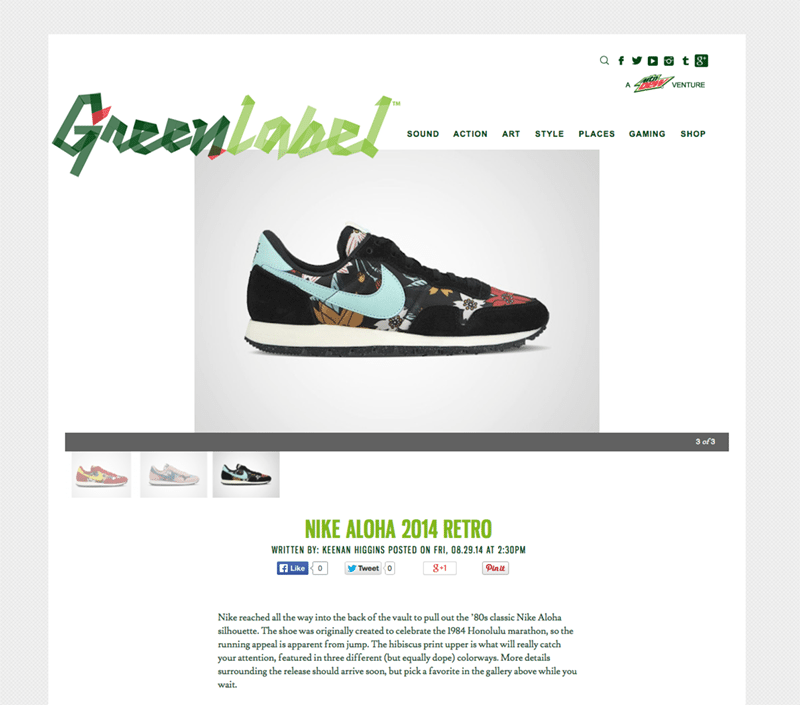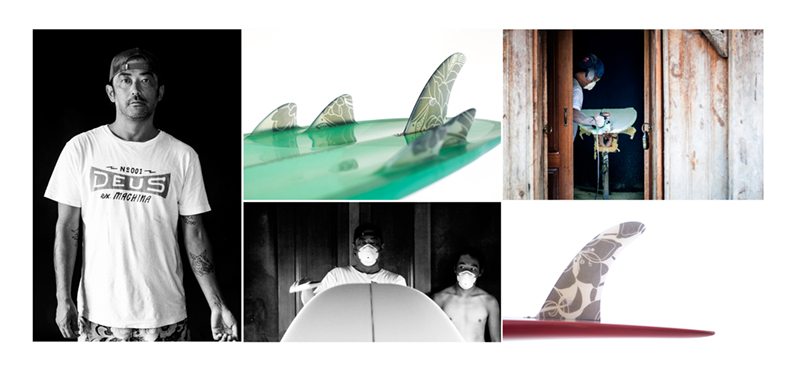The Pattern of Surf Trends
Brandwave Designer Matt Ankers explores the rise and supposed fall of the aloha pattern. Perceived by many as a cheap by-product of surfings golden years, that now clouds many fashionable days on beaches across the globe. An open shut case? Lets discuss.
The aloha pattern – unquestionably one of surfing’s most effective and unique exports. From inappropriately large shirts, to appropriately slender bikinis, this Polynesian influenced design has decorated and endorsed the idea of perfect Hawaiian surf since surfing became a part of popular culture. With all its fame and international recognition, is this cultural identity in danger seeming artificial and cheap, losing the integrity that once made this identity so popular?
The word ‘aloha’, is a Hawaiian folk etymology; simply meaning a creation of one word from a variety of others – also meaning “presence”, “front”, “face”, or “share” and ha, meaning “breath of life” or “essence of life.”
The creation of the aloha style along with the infamous Hawaiian shirt, was born from the vision of Asian immigrants in the early 1900’s, with ‘aloha shirt’ being trademarked by Ellery Chun 30 years later. Soon a Hawaiian marketing wave washed across America and the Western world – for surf lifestyle and with it the aloha pattern had been commercially born.
Aloha influenced designs within the surf industry can be off-putting to the average consumer. Are we worried about others passing judgement on our choice of surfing apparel because of social undercurrents? If so, where have these associations come from? It cannot be healthy for the aloha image being splashed over the likes Ace Ventura and the Topman bargain bin. This type of exposure has been counter productive in the modern evolution and integrity of the aloha identity.
Alas do not fret for there is hope. Where else more relevant to source this hope than at the heart of where the pattern once descended.

In 1973 the first Honolulu marathon took place, with American runner Duncan Macdonald taking victory at this beautiful race location. To specifically celebrate the 1984 race, Nike decided to re-release their classic Nike Aloha silhouette shoe. The shoe was released in three colour ways and made from traditional and nostalgic materials that would have featured on the original product. These shoes were highly anticipated in the apparel community, achieving copious coverage and compliments on blogs and websites alike. The shoes are cool. Fact. Nike achieved a faultless depiction of the aloha, intelligently integrating the pattern into the commercially respectable and incredibly popular Nike trainer.
Nike have demonstrated their understanding of how to use aesthetic icons; such as the aloha, in modern day sports marketing. By using a commercially popular and globally accepted vehicle, Nike were able to tastefully integrate hibiscus colours and markings without causing a visual offence.
(Thought). Is this the way forward for the aloha pattern? Does the pattern need metaphorical hand-holding in order to survive the gauntlet of fashion sports marketing judgement? The answer. Likely. Depending on the gravitas of the brand associating themselves with the aloha, surely hinges the overall success of the product and the creative elements that comprise it.
(Hold on – a second thought). How does this make the aloha pattern any different for any other genre of mark-making used in sports marketing and marketing in general? Surely the issue is not whether the aloha pattern it is tasteful enough in itself, but whether designers and creatives are able enough to handle such a fruity and exciting design element. With great history and cultural context, comes great creative responsibility.


More examples of effective use of the aloha pattern within the sports industry
This discussion isn’t necessarily about whether hibiscus influenced designs are beautiful or not; a stand-alone identity with rich cultural evolution – I conclude they are.
It is more important to recognise the role that designers and creatives can play in the degeneration of something stunning. Aesthetic artefacts such as the aloha, must be handled with care – otherwise our white rhino of the surf sports marketing world will in time become extinct.
With Hawaii’s exquisitely unique sporting history and modern day involvement with the sport of surfing, lets be led and inspired by those who understand and work with the aloha legacy.
The question is not whether aloha is good enough for you, but are you good enough for it?

